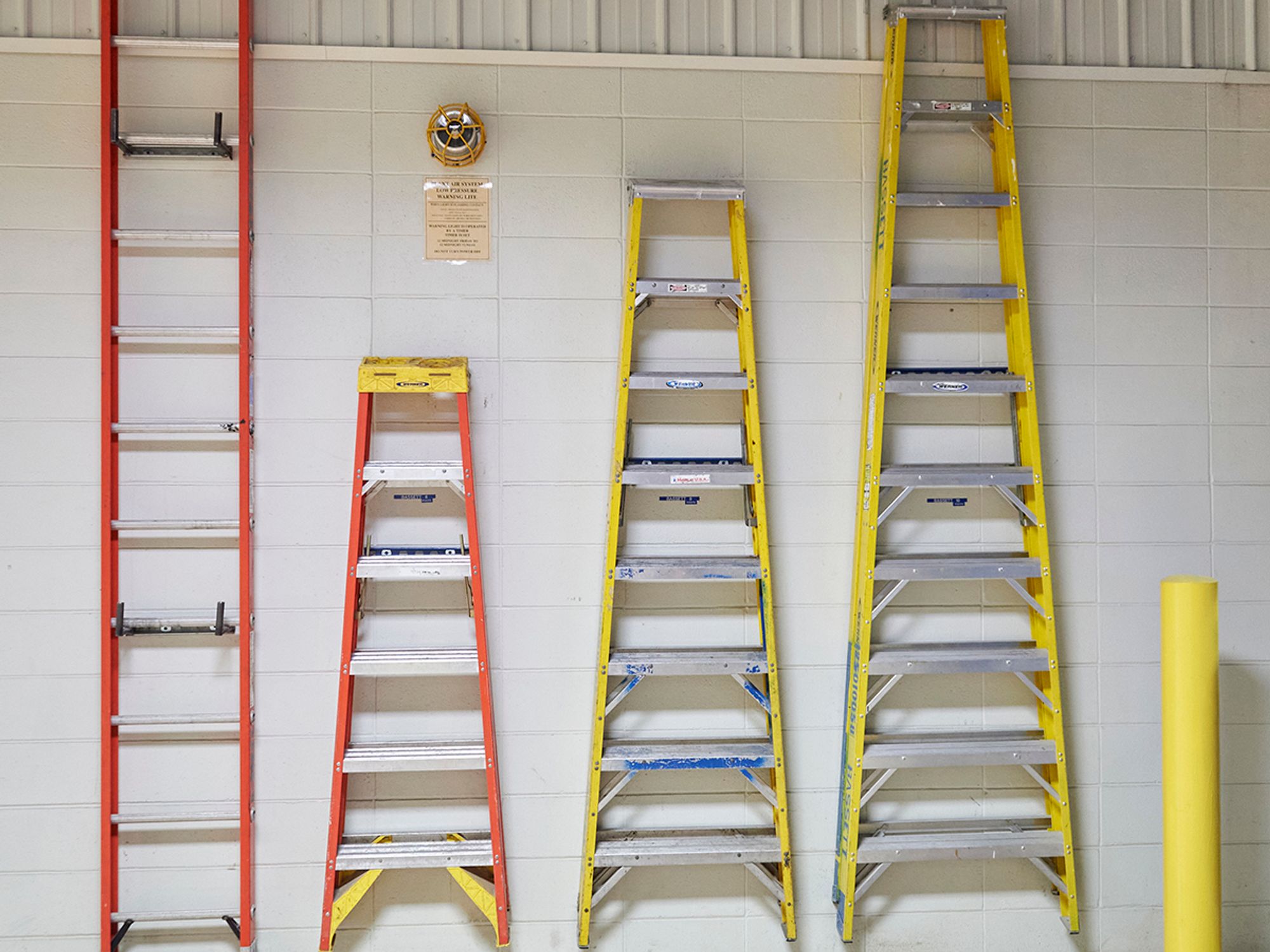InstituteRisk Assessment and ManagementIn Depth Sub Topics (Level 4)Risk Assessment and ManagementEnglishAnalysisFocus AreaUSA
Ladders
['Risk Assessment and Management']

OSHA’s ladder regulations, at 1910.23, apply to any general industry workplace that uses ladders to perform duties (other than construction work) at high elevations.
Action steps
- Use ladders that are designed and approved for the intended purpose.
- Ensure ladders meet OSHA specifications.
- Follow all ladder safety requirements.
- Train employees in safe ladder use.
- Maintain ladders in a safe condition.
- Inspect ladders as needed.
- Remove defective ladders from service.
Training action plan
Training content for ladders and stairways depends on the types of equipment and structures your facility has and what work will be performed. In general, workers need to be trained as follows:
Ladders
Content should include:
- Inspecting the ladder,
- Setting up the ladder,
- Safe ladder use,
- Ascending and descending the ladder,
- Maintaining three points of contact,
- Recognizing hazards,
- Carrying tools and equipment, and
- Using the right ladder for the job.
Tips
- Workers on ladders generally do not require fall protection.
- Be careful that painting ladders or applying stickers does not hide damage.
- Make sure the ladder is the best tool for the job.
- Ensure workers understand associated hazards (e.g., electrical, wind) that they may have to consider with selecting and/or using a ladder.
Checklist
Review these checklists to ensure ladder safety at your facility.
Design and construction
- If wood, is the portable ladder not coated with any material that may obscure structural defects?
- If metal, is the portable ladder made of corrosion-resistant material or protected against corrosion?
- If metal, are the rungs and steps of the portable ladder corrugated, knurled, dimpled, coated with skid-resistant material, or otherwise treated to minimize slipping?
- Are the rungs, steps, and cleats of the portable ladder spaced at least 10 inches and not more than 14 inches apart?
- Do the rungs, steps, and cleats of the portable ladder have a minimum clear width of 11.5 inches?
Stepladders
- Is the stepladder equipped with a metal spreader or locking device that securely holds the front and back sections in an open position while the ladder is in use?
Stepstools
- Are the steps on the stepstool spaced at least 8 inches and not more than 12 inches apart?
- Does the stepstool have a minimum clear width of 10.5 inches?
Inspection and maintenance
- Are portable ladders inspected regularly, and as necessary, to ensure they are in safe condition?
- Are deficiencies corrected or repaired before an employee uses the portable ladder again?
- If a portable ladder correction or repair cannot be made immediately, are employees prevented from using the portable ladder until repaired?
- If a portable ladder repair involves structural integrity, does a qualified person perform or supervise the correction or repair?
Training
- Is each employee who uses a portable ladder trained on how to properly use the ladder?
- Is each employee who uses a portable ladder trained to recognize the fall hazards in the work area?
- Is training conducted by a qualified person?
Note: Qualified, under this OSHA requirement, describes a person who, by possession of a recognized degree, certificate, or professional standing, or who by extensive knowledge, training, and experience has successfully demonstrated the ability to solve or resolve problems relating to the subject matter, the work, or the project. - Is information and training provided in a manner that each employee understands?
- Is retraining provided when deficiencies in performance or knowledge are noted, or there are changes in the workplace or equipment?
